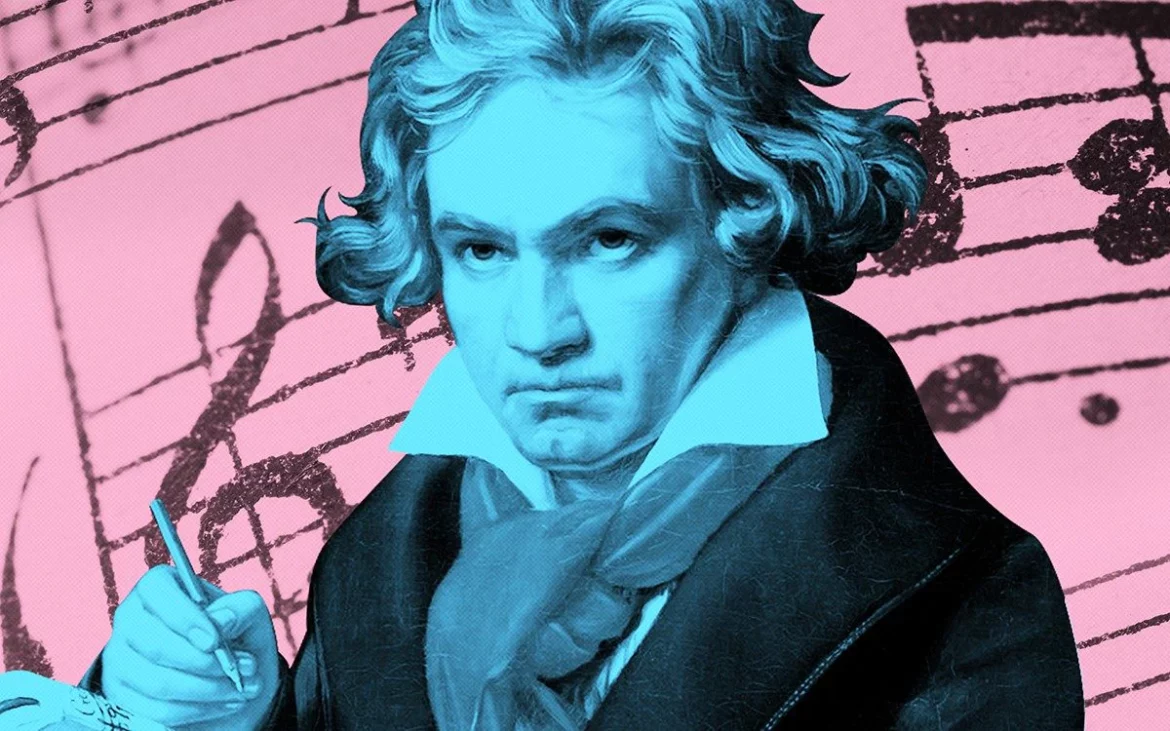Ludwig van Beethoven, one of the most influential composers in classical music history, is known for his powerful symphonies, intricate sonatas, and emotive concertos. Among his vast repertoire, one piece stands out for its simplicity and soothing quality: the “Beethoven Lullaby.” This lullaby, often overlooked in discussions of Beethoven’s work, showcases a different side of the composer. It offers a glimpse into his ability to create music that is both calming and deeply expressive.
I. Analysis of the “Beethoven Lullaby”
The “Beethoven Lullaby,” also known as “Gute Nacht,” is a piece shrouded in mystery. It is not as well-documented as his other works, leading to debates among scholars about its origins. Some believe it was composed as a personal piece for a friend or family member, while others argue it might have been an experiment in creating a simple, soothing melody.
1. Thematic Elements
The primary theme of the “Beethoven Lullaby” is characterized by its simplicity and elegance. The melody flows smoothly, with each note carefully chosen to create a sense of tranquility. The theme is repetitive, a common trait in lullabies, which helps to create a soothing, hypnotic effect. This repetition, however, is never monotonous, as Beethoven introduces subtle variations that keep the listener engaged.
2. Harmonic Structure
The harmonic structure of the lullaby is equally simple yet effective. Beethoven employs basic chords that support the melody without overwhelming it. The harmonies are primarily diatonic, sticking to the key and avoiding complex modulations. This choice contributes to the overall sense of calm, as the listener is not jarred by unexpected harmonic shifts.
3. Rhythmic Patterns
The rhythmic patterns in the “Beethoven Lullaby” are gentle and steady. The piece often uses a 3/4 time signature, which is common in waltzes and other pieces intended to convey a sense of relaxation. The rhythm mimics the natural rocking motion used to soothe a child to sleep, further enhancing the lullaby’s calming effect.
4. Dynamics and Expression
Dynamic markings in the “Beethoven Lullaby” are generally soft, with frequent use of pianissimo and mezzo-piano. Beethoven’s careful attention to dynamics ensures that the piece remains soothing throughout. Crescendos and decrescendos are used sparingly and with great sensitivity, adding emotional nuance without disrupting the overall tranquility.
5. Textural Elements
The texture of the lullaby is predominantly homophonic, with a clear melody supported by harmonious accompaniment. This texture allows the melody to shine, making it easy for listeners to follow and appreciate. Occasionally, Beethoven introduces counter-melodies or harmonic fills that add richness without complicating the overall texture.
6. Interpretation and Performance
Interpreting the “Beethoven Lullaby” requires a delicate touch. Performers must balance the simplicity of the melody with the emotional depth embedded in each phrase. Attention to phrasing, dynamics, and timing is crucial to convey the intended sense of calm and reassurance.
7. Historical Context and Influence
Beethoven composed the lullaby during a period when he was experimenting with various musical forms and genres. This exploration is evident in the lullaby’s blend of classical formality with the intimate, personal touch of a piece meant to comfort. Beethoven’s ability to straddle these different musical worlds is part of what makes the “Beethoven Lullaby” so special.
II. Comparison with Other Lullabies
When compared to other lullabies from the classical repertoire, Beethoven’s stands out for its emotional complexity. While many lullabies rely solely on their soothing melodies, Beethoven’s piece incorporates a deeper sense of longing and tenderness. This quality aligns it more closely with his larger body of work, which often explores profound emotional landscapes.
III. Influence on Future Composers
The “Beethoven Lullaby” has influenced many composers who followed in Beethoven’s footsteps. Its blend of simplicity and emotional depth can be seen in later works by composers such as Johannes Brahms and Franz Schubert, who also explored the lullaby form. These composers took inspiration from Beethoven’s ability to create music that is both accessible and deeply moving.
IV. Cultural Impact
Beyond its influence on classical composers, the “Beethoven Lullaby” has permeated popular culture. It has been adapted into various forms, including film scores, advertisements, and even modern lullabies for children. This widespread use underscores the piece’s universal appeal and its ability to resonate with audiences across different contexts.
V. Educational Value
For music students, the “Beethoven Lullaby” offers valuable lessons in simplicity, expression, and musical form. Analyzing the piece provides insight into Beethoven’s compositional techniques and his approach to melody and harmony. It also serves as an excellent practice piece for developing sensitivity to dynamics and phrasing.
See Also: What Makes Classical Music Complicated?
VI. Conclusion
The “Beethoven Lullaby” is a testament to Ludwig van Beethoven’s versatility as a composer. Its simple yet profound melody demonstrates his ability to create music that transcends time and space, touching the hearts of listeners with its soothing and calming presence. As we explore the various facets of this piece, we gain a deeper appreciation for Beethoven’s genius and his enduring impact on the world of classical music. Whether performed on a grand piano or hummed softly to a child, the “Beethoven Lullaby” remains a cherished piece, offering a gentle reminder of the power of music to bring peace and comfort to our lives.

